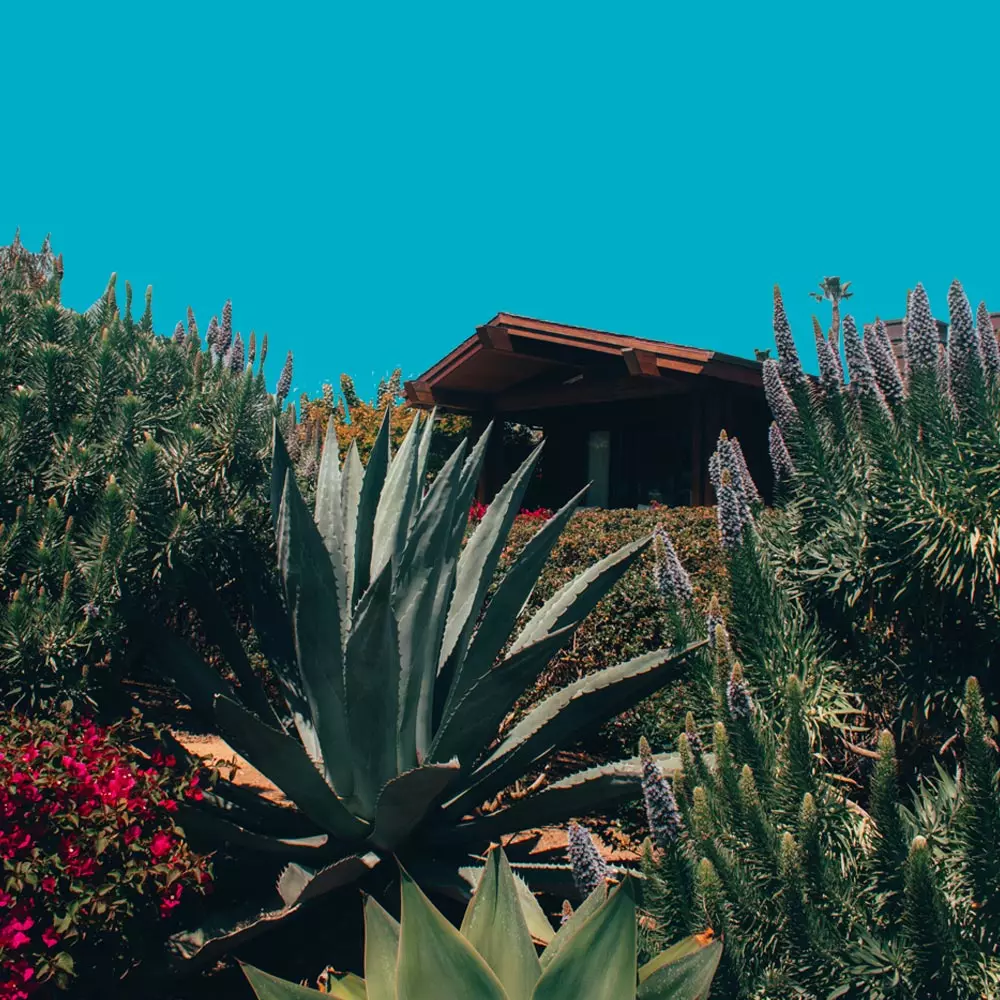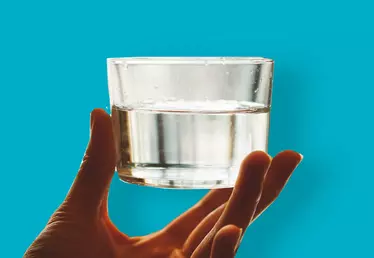

Hero banner custom title
How to grow a garden without any water?
3 min
Some plants adapt very well to drought ౼ you just need to choose them well and plant them in the right place.
In most parts of the world, gardeners can stow away their gardening hose and sprinklers, and their gardens ౼ if cared for properly ౼ will continue to grow. However, as climate change continues to warm the planet, our summers get hotter, longer and dryer ౼ and in some regions, the same goes for winter months. Given these conditions, plants in drought-stricken regions may need an occasional watering, according to landscape artist and gardener Nora Harlow. She has spent her career designing “Summer-Dry” gardens that flourish with little to no watering ౼ even throughout California’s infamously dry summers.
Climate-adapted plants
Plants that are adapted to the local area, climate, soil and microclimates have developed ways to cope with dryness.
“Native plants can go into summer dormancy and survive without any water”.
“They may lose their big spring leaves and form small leaves that don't use much water. Some stop flowering. Some have leaves that curl up to protect from the sun. They essentially shut down and stop growing.” While colors may be more subtle during summer months, the garden is still very much alive. “The insects are still around, birds are still eating seeds and the garden is still serving its function to wildlife,” she says.
While no plant is universally suited for every climate, Harlow recommends certain guidelines when selecting plants. Silktassel, lemonade berry or hollyleaf cherry, for example, have thick leaves that resist dehydration. The waxy, shiny leaves of the Ceanothus thyrsiflorus, or blue blossom, reflect sunlight and retain moisture. Some plants, like the hairy false goldenaster or lamb's ear have hairy leaves that reduce transpiration. Succulents, such as aloe or agave, are a great choice because they are able to store water in their leaves. Harlow also recommends the Arctostaphylos 'Pacific Mist', 'Austin Griffiths' or other manzanitaors because their leaves are held vertically to reduce exposure to direct sunlight. Plants with both surface roots and deeper tap roots, such as the coast live oak, are able to take advantage of brief rains and fog as well as seek groundwater in dry times.
Silktassel, lemonade berry or hollyleaf cherry have thick leaves that resist dehydration.
Although Harlow recommends sticking to native and Mediterranean low-water plants, she recommends a few vegetables and fruits for gardeners who really want to harvest: “Tomatoes, squash and melons establish deep root systems quickly and can draw moisture from the deeper soil after the surface has become dry,” she says. “'Dark Star' zucchini, bred for its ability to grow under semi-arid conditions, also has roots that seek out the water table.”
The right plant in the right place
It is essential to know where a plant comes from and what condition it grows in. “Talk with gardeners in your neighborhood, hike in nearby wildlands, join a garden club, visit local arboretums, public parks and gardens to discover what plants do well in your area with little or no irrigation,” says Harlow. Once you’ve identified the right plant, place it in a microclimate where it will thrive. For example, many plants can tolerate summer dryness if they have some afternoon shade. So before you plant, observe your garden and identify shady areas created by trees or other larger structures. “You can also shade the soil and reduce water loss by applying mulch to garden beds,” she adds. “The ultimate goal is to get a garden to be independent of your care. The fewer resources put on it the better.”











